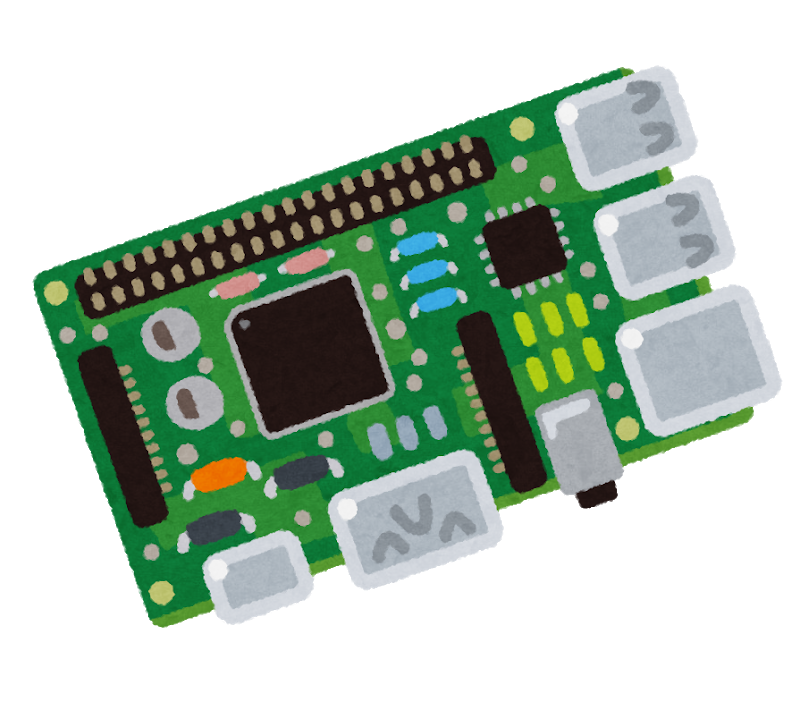Navigating around supporting bad actors in the foss community is probably far easier than in the closed, commercial software space, given that all the code, discussion, and money are out in the open.
Also I think the proportion of fascists and bad actors in the foss community is probably lower than elsewhere in the first place, given that the community is based on the free and open sharing of work and knowledge.










I just set up Readeck a few weeks ago, and I’ve been liking it. Very minimalist, utilitarian. One feature I’d like that isn’t included is the ability to add specific labels or collections to the sidebar, but that’s my only quibble so far.
It has an official browser extension for adding urls to it, but if you can’t or don’t want to use that, it has a nice api. I use the api to add bookmarks from my phone using a termux-url-opener script, which is as easy as the extension - just hit the “share” button and select termux, and it does the rest.